Deck & Commander Strategies

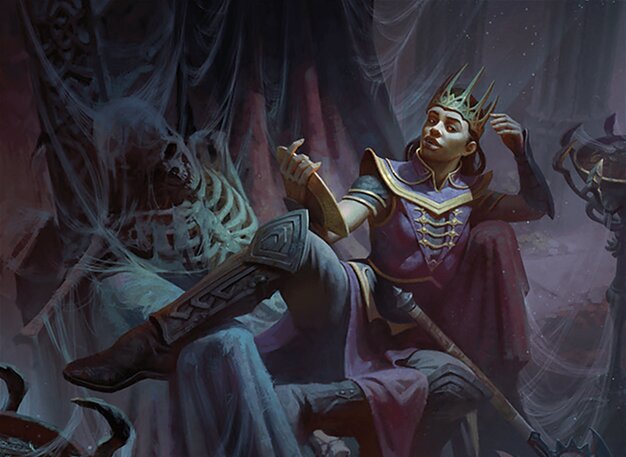
Kamber, the Plunderer / Laurine, the Diversion
Generate artifact tokens and manipulate opponent creatures to create blood tokens, then use those tokens to fuel aggressive attacks and win the game.
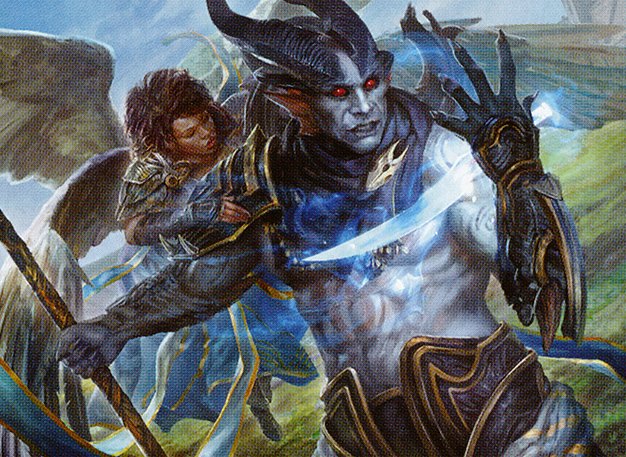

Regna, the Redeemer / Krav, the Unredeemed
Utilize sacrifice and life gain synergies to incrementally build advantage and control the board while deploying powerful creatures.

Breya, Etherium Shaper
Deploy artifact creatures aggressively and use artifact synergies for board presence, supported by removal and recursion to maintain pressure.
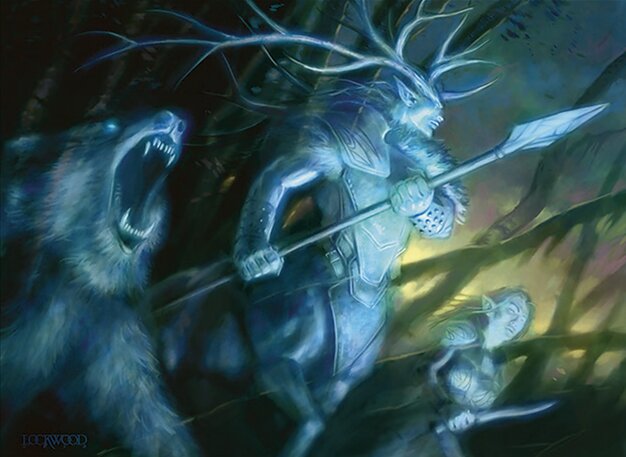
Karador, Ghost Chieftain
Leverage graveyard recursion and big creatures to outlast opponents, focusing on resilience rather than a specific combo or win condition.
Gameplay Insights
- 1
Using Forbidden Orchard to create spirits that synergize with Kamber's token strategy provided both board presence and mana ramp.
- 2
Targeted removal of key creatures like Prowling Geistcatcher disrupted graveyard recursion, slowing Karador's strategy.
- 3
Sacrificing creatures to Priest of the Forgotten Gods helped control the board and gain incremental advantage through life loss and card draw.
- 4
Kamber's deck effectively used aggressive attacks to generate blood tokens, which fueled further board development and pressure.
- 5
Players adjusted their scry and draw decisions based on turn order advantages, influencing early game tempo and card quality.
Notable Cards
-
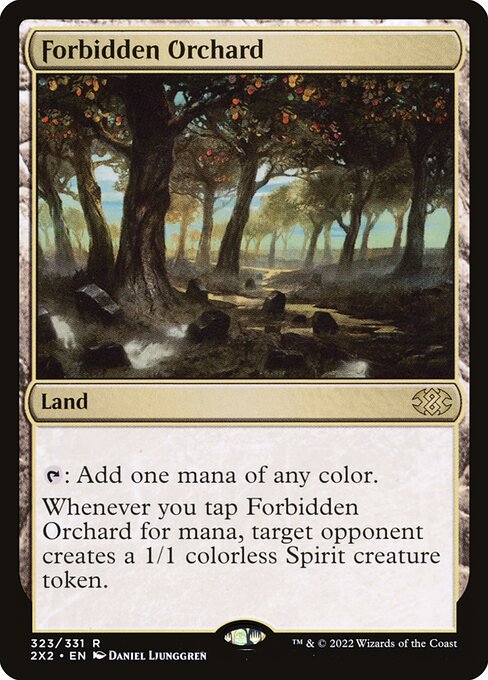
Forbidden Orchard
-
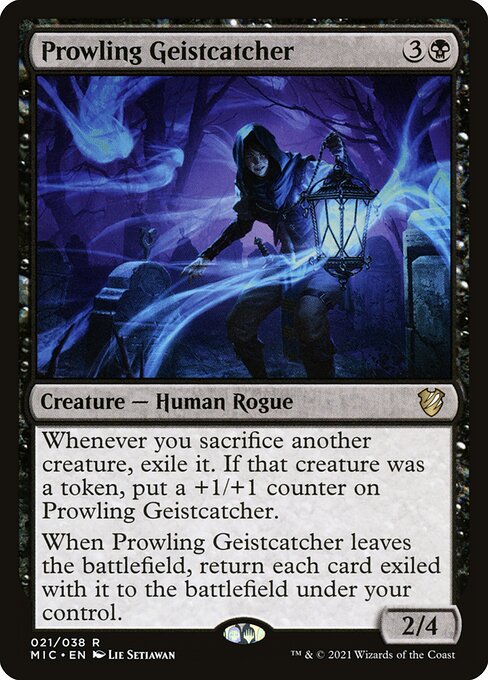
Prowling Geistcatcher
-
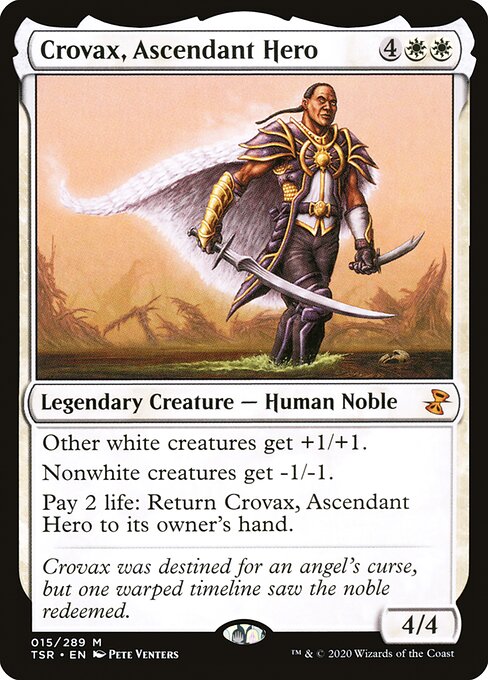
Crovax, Ascendant Hero
Gameplay Summary
The game unfolded with a strong focus on token generation, life gain, and incremental board development.
Kamber and Laurine's artifact token deck sought to leverage opponent creatures to create blood tokens and capitalize on those for victory.
Regna and Krav focused on sacrifice and life gain synergies, using cards like Priest of Forgotten Gods to control the board and build advantages.
Breya's artifact creature deck aimed to establish a board presence with efficient artifact creatures and utilize recursion and removal to maintain tempo.
Karador's graveyard synergy deck played a more casual yet resilient game, capitalizing on graveyard recursion and big creatures. Early turns saw players establishing mana bases and deploying key creatures such as Authority of the Council and Priest of Forgotten Gods to set up board control.
Important plays included the sacrifice of key creatures to Priest of the Forgotten Gods, and the use of mirror landscape and Forbidden Orchard to ramp and create spirits.
The game featured tactical removal choices, like blowing up Prowling Geistcatcher to hinder graveyard strategies.
Kamber's deck aggressively attacked to generate blood tokens while applying pressure.
The game was punctuated by interactive plays involving artifact recursion and life gain, with players balancing aggression and defense. The win condition centered around Kamber and Laurine's ability to manipulate opponent creatures into blood tokens and leverage those tokens for victory, supported by artifact synergies.
Regna and Krav aimed to outvalue opponents through sacrifice and life gain, while Breya sought to overwhelm with artifact creatures.
Karador added resilience through graveyard recursion but was less focused on a linear win condition.
The game ended with a memorable and unexpected finish, emphasizing the dynamic interplay of tokens, life gain, and sacrifice mechanics.







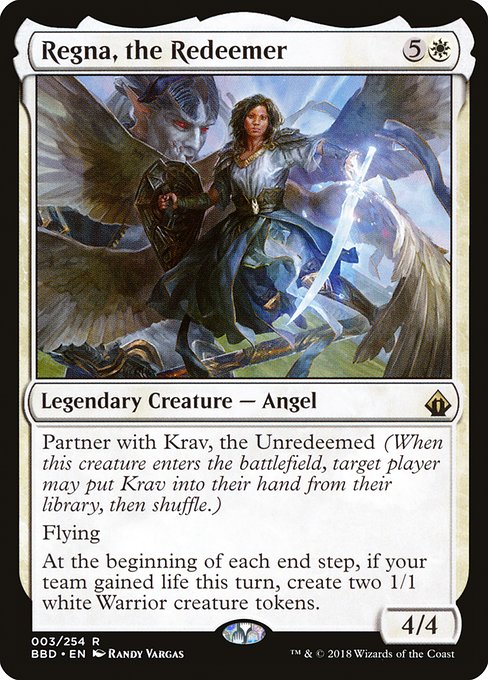


























![Commander VS S1E4: Prossh vs Derevi vs Karador vs Scion [MTG Multiplayer] thumbnail](https://i.ytimg.com/vi/qKq_zjLSJU8/sddefault.jpg)
















